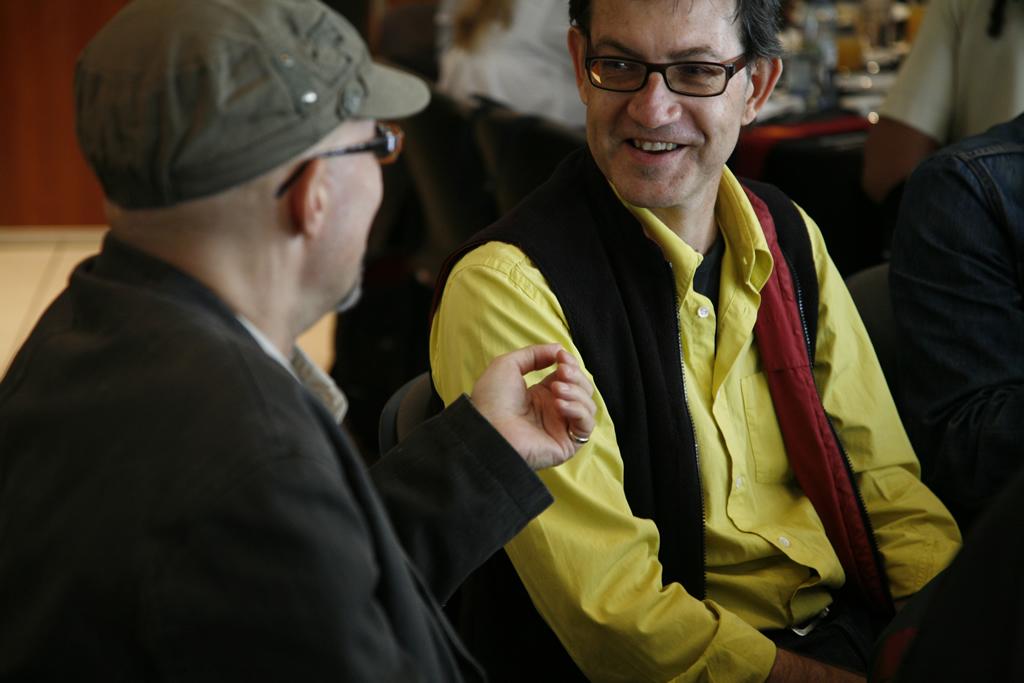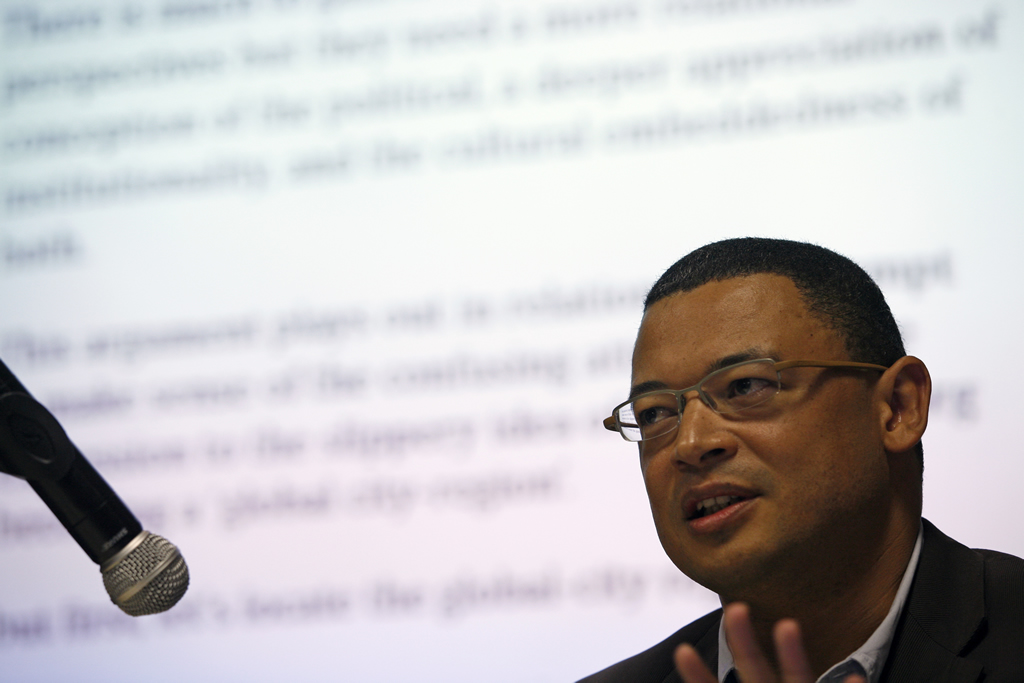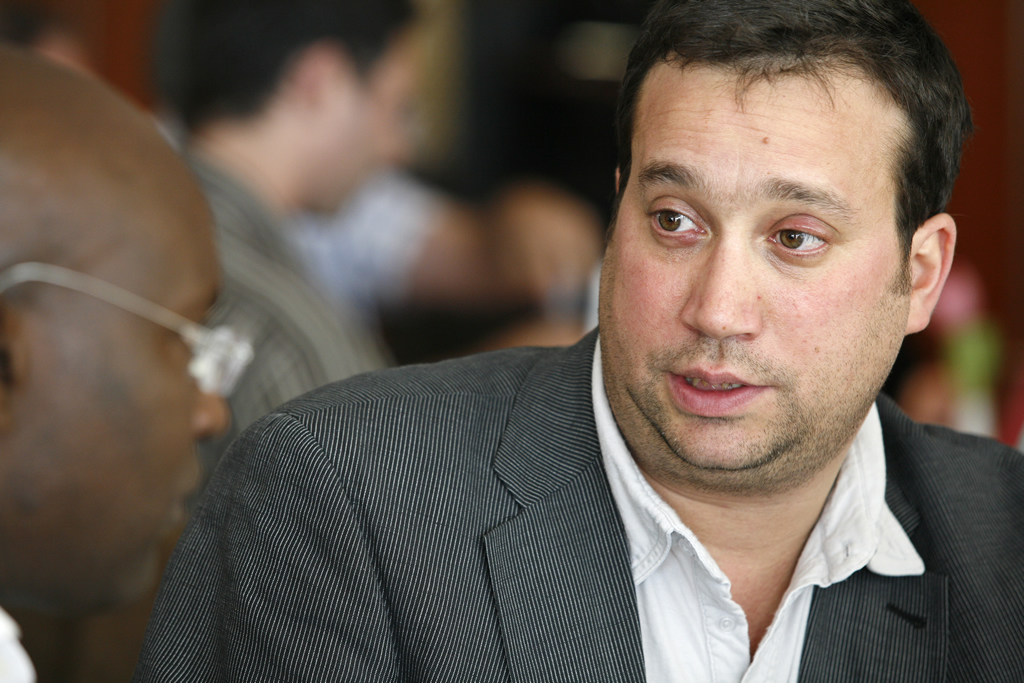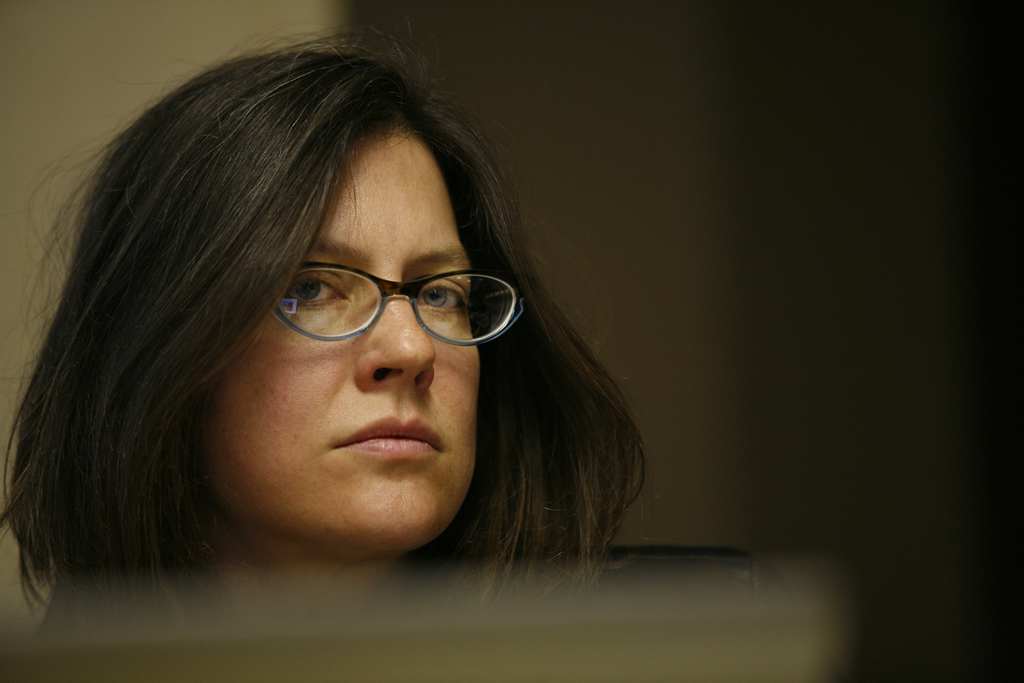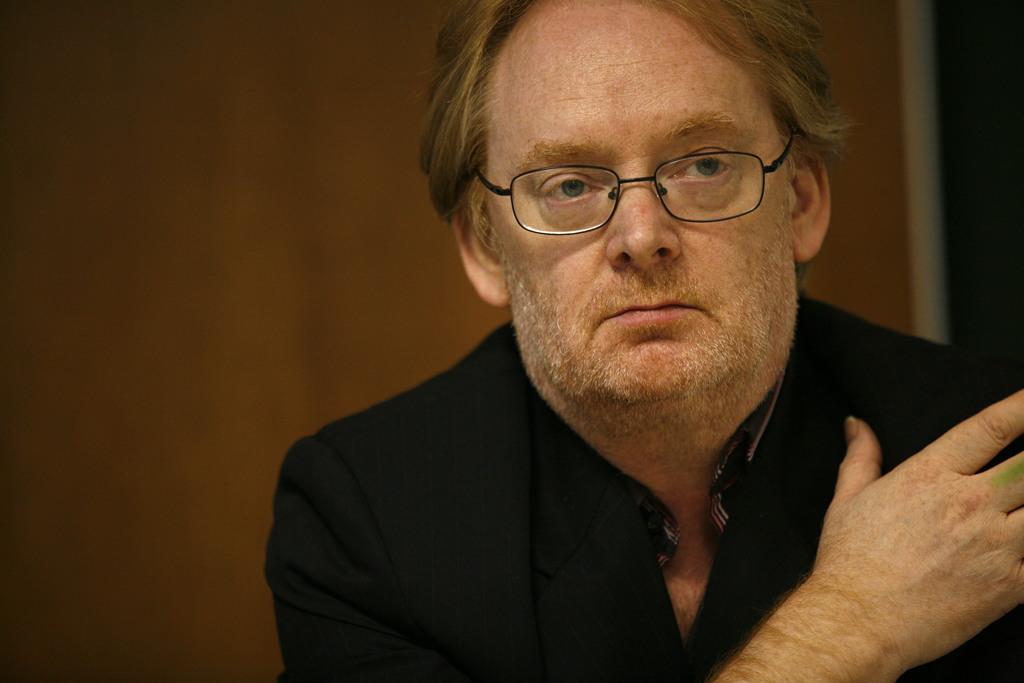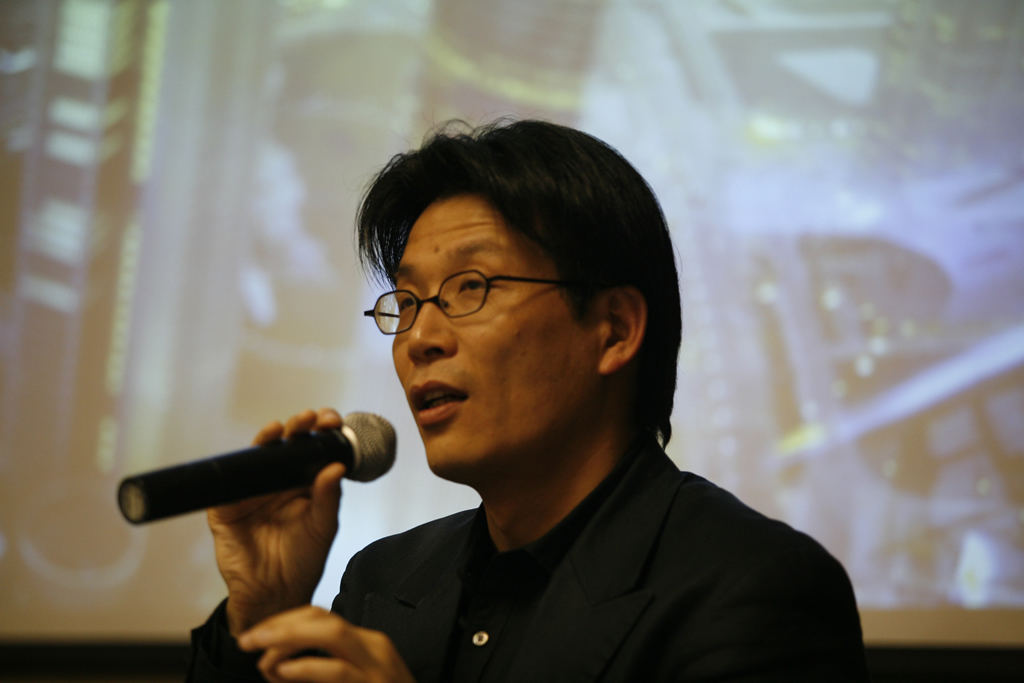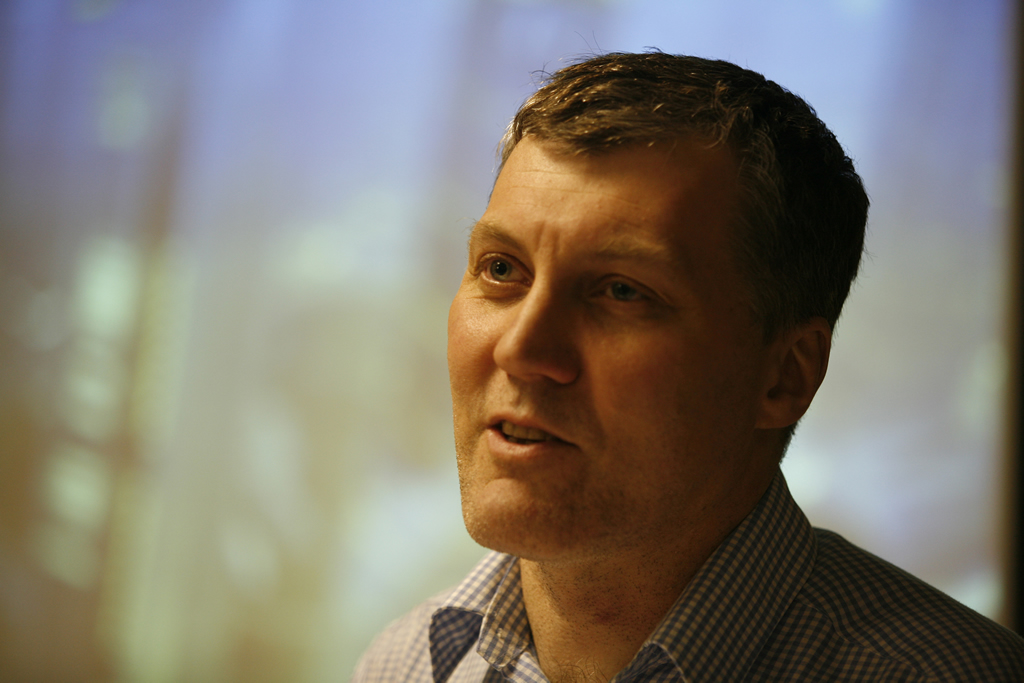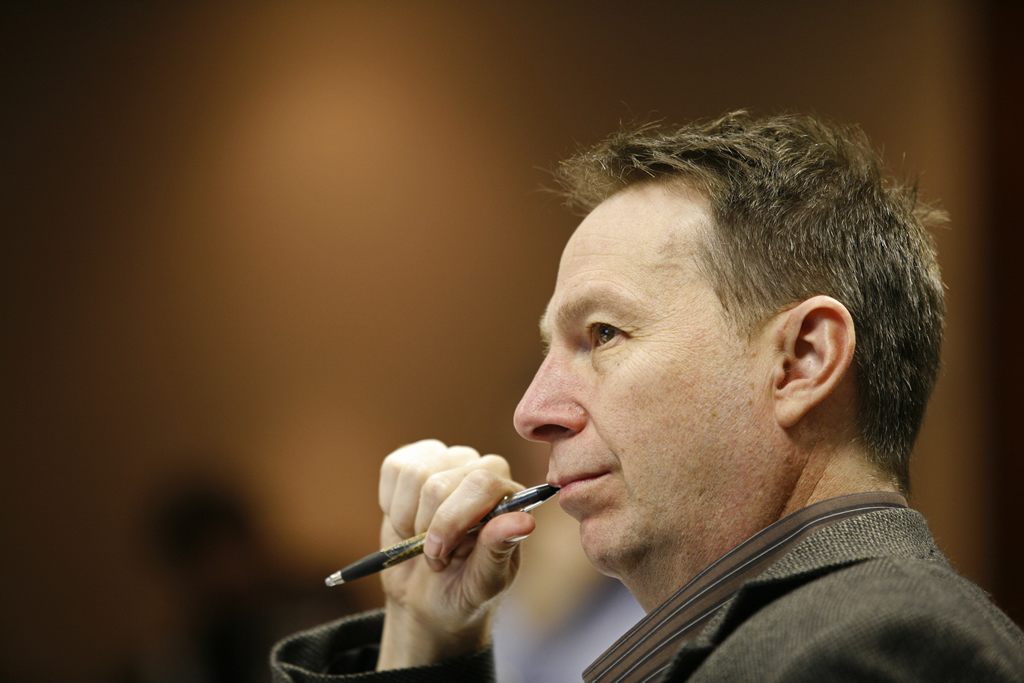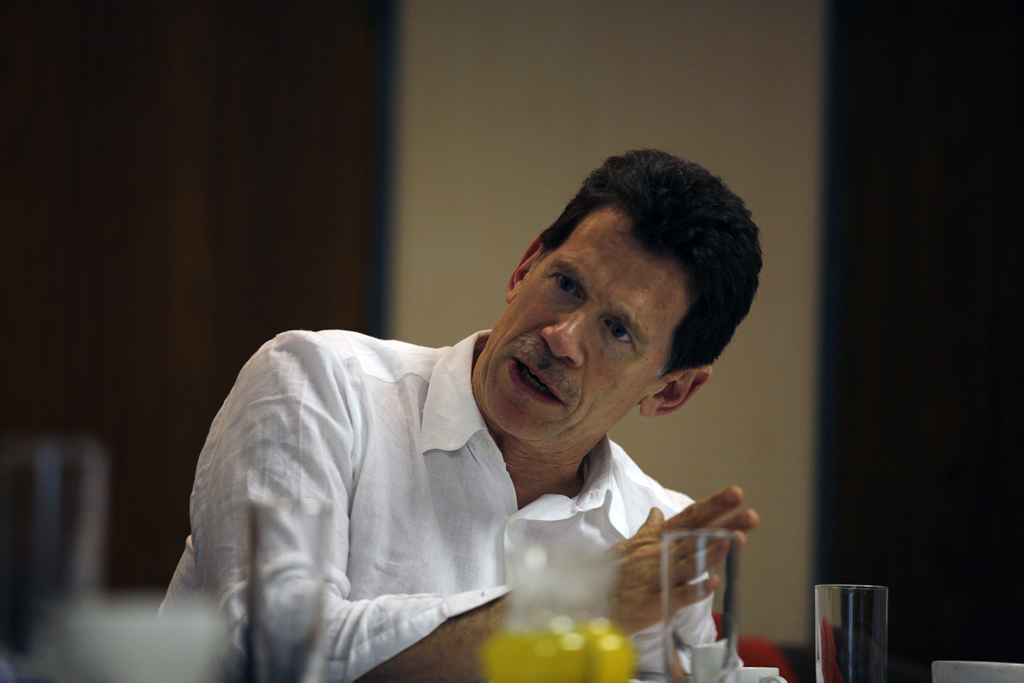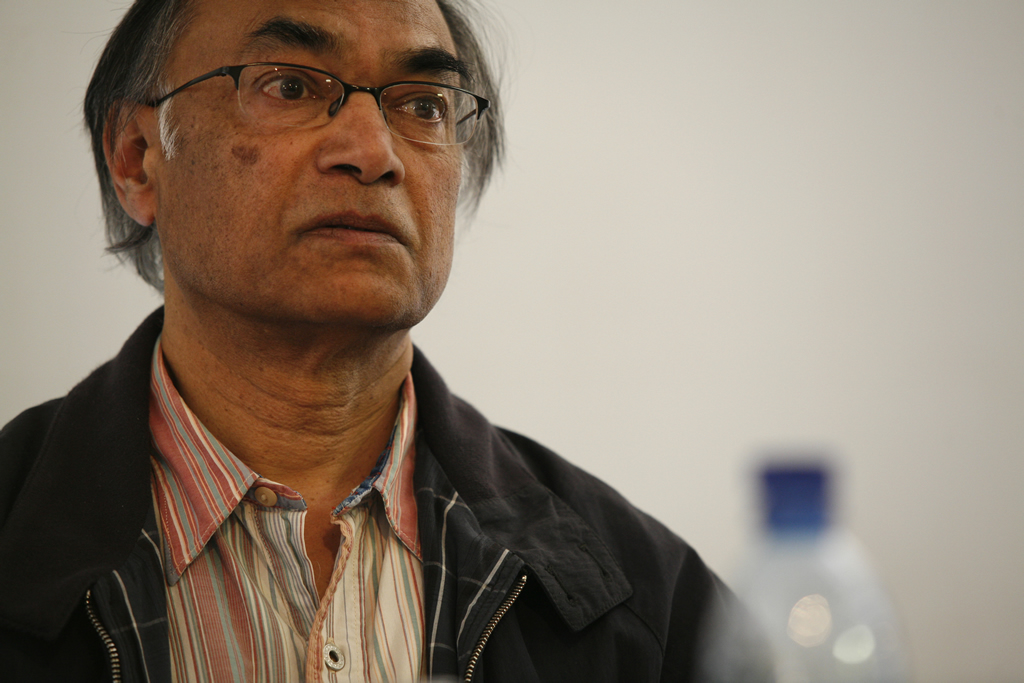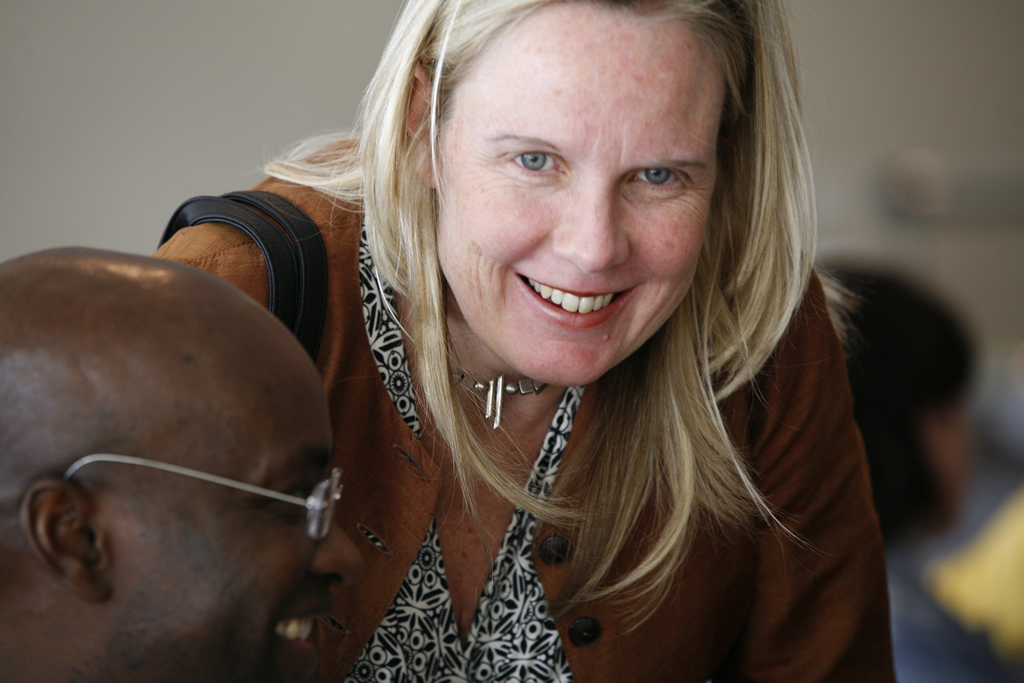JOHANNESBURG AND MEGACITY PHENOMENA
HOSTED BY VIAD IN COLLABORATION WITH RYAN BISHOP
9 – 11 March, 2008 | School of Tourism and Hospitality, Bunting Road Campus, University of Johannesburg
In realising the colloquium, the Visual Identities in Art and Design (VIAD) Research Centre worked in collaboration with the editors of the New Encyclopaedia Project (NEP) – a project conducted in conjunction with the British-based ISSI ranked journal Theory, Culture and Society. The four NEP editors, Mike Featherstone (Professor of Sociology and Communications, Nottingham Trent University); Ryan Bishop (Associate Professor of English, National University of Singapore); John Phillips (Associate Professor of English, National University of Singapore) and Couze Venn (Professor of Cultural Studies, Nottingham Trent University) attended, as did a number of high-profile local and international academics. Presenters included Dr Eyal Weizman (Centre for Research Architecture, Goldsmiths University, University of London), Dr AbdouMaliq Simone (the Graduate Program in International Affairs at New School University and the Sociology Dept. at Goldsmiths University, University of London); Dr Li-Shiqiao Dept. of Architecture at the Chinese University of Hong Kong) and Dr Jennifer Bajorek (Dept. of Cultural Studies, Goldsmiths University, University of London). Dr Scott Lash Centre for Cultural Studies, Goldsmiths University of London), Dr Michael Keith (Dept. of Sociology, Goldsmiths, University of London) and Achille Mbembe (Professor, Wits Institute for Social and Economic Research (WISER)) acted as respondents.
In addition to those presenters whose abstracts are published under ‘Abstracts’ on this website, the following also presented: Amanda du Preez (Professor, Dept. of Visual Arts, University of Pretoria); Stephen Hobbs (artist, curator, director of The Trinity Session with Marcus Neustetter); Mocke Jansen van Veuren (Dept. of Multi-Media, University of Johannesburg); Marcus Neustetter (artist, curator, director of The Trinity Session with Stephen Hobbs) and Steven Sack (Arts, Culture and Heritage, Johannesburg City Council). Dr Sarah Nuttall (WISER) offered closing comments.
An aim of the NEP is to develop a critical encyclopaedia of the social and cultural sciences (Featherstone 2007). Encyclopaedias are ordering devices for handling large amounts of diffuse material and are particularly relevant at times of rapid social change. Yet, they are the product of a time and place, and carry the imprint of a particular form of intellectual and academic authority. In this project, the editors rethink the encyclopaedia form and content under the impact of globalisation and digitalisation. These processes not only increase the storage, scope and speed of access to knowledge, but also provide opportunities to problematise existing disciplinary classifications by providing new spaces for counter-examples, dialogue and critical reflection.
To this end, the NEP is being formed in dialogue with global scholars via colloquia, of which the Johannesburg and megacities phenomena colloquium was one.[1] The following points (Bishop 2007) provided a working definition of the term ‘megacity’:
– cities emerging in predominantly non-western regions, which exhibit new patterns of growth. These cities not only overshadow previous forms but threaten to absorb and reconfigure the old cities and their states. These cities cannot be understood on models of established knolwedge of global urbanism, based on ‘standard’, predominantly western cities, such as the global city, the world city, or the heritage city. For instance, cities such as Mexico City, São Paulo, Seoul, Mumbai, Jakarta, Lagos, Johannesburg, Beijing and Teheran, are dynamic, fast-growing cities which have broken with what up until recently has been the dominant model of the city, exemplified by global cities like London, Paris, Chicago and New York. Thus, in the megacity stage, urban sites can be regarded as the reconfigured remains of an older order that no longer holds
– cities which exhibit growth rates and forms of economic dynamism that are both the envy of urban planners and yet pose monstrous problems. In this regard, megacities have in common dynamic structural conditions that are simultaneously structural problems
– cities which constitute evidence of a basic structural rule according to which the dynamism of economic growth, urban development, public life and cultural prosperity increases alongside its intrinsic instability, which is manifest variously and unpredictably in often uncontrolled waste, poverty, homelessness and semi-autonomous, often barely surviving economic communities
– cities in which the image of the city remains integral, yet urban processes continue to expand in relatively uncontrolled, or in decentralised, random and detached, ways.
Working from within this framework, colloquium participants reflected on the challenges, benefits, participation, action and obstacles that an African megacity such as Johannesburg poses to urban studies research. Focus was on the challenges that megacities pose to diverse attempts to understanding them, by urban planning authorities, community groups, urban technologists, art and design practitioners and academics working across the Humanities and Social Sciences. Thematically, Johannesburg, as an example of a African ‘megacity’, was also discussed in terms of its postcolonial, Pan-African dynamics, which emphasise diversity, hybridity and transformatory processes of cultural exchange.
The event offered various platforms for the presentation, as well as allowed for the benefit of input from an interdisicplinary range of academics and practitioners. These platforms took the following forms:
– formal presentations
– a photographic exhibition titled Cities in Crisis: Photographs of the South African Urban Landscape, curated by Prof Michael Godby and Cape-Town based photographer Dave Southwood. This exhibition approached the subject of South African urban landscapes from the evolving perspectives of internationally renowned South African photographers such as Guy Tillim and David Goldblatt, as well as community groups such as the Impilo Youth Group.
– a one-day city tour of greater Johannesburg, hosted by Neil Fraser of Urban Inc
– a video evening under the title Too Close for Comfort: Belonging and Displacement in the work of South African Video Artists, featuring art and documentary video work dealing with urban concerns, curated by Leora Farber and Lee-At Meyerov.
Sources cited
Bishop, R. 2007. Megacities bullet point highlights. Unpublished notes.
Featherstone, M. 2007. Theory, Culture & Society, New Encyclopedia Project outline. Unpublished notes.
[1] Although the first publication came out in 2006, the NEP has been underway since 2001. Colloquia have been held at Hitotsubashi University (June 2001), Cambridge University (July 2001), Nottingham Trent University (August 2002 and August 2003); Kobe University (October 2002), Tokyo University, Yonsei University, Korea University, Seoul National and Kyoto Bukkyo University (October 2003), Singapore (April 2004, December 2004 and March 2005), London (February 2005), Tokyo (July 2005).

